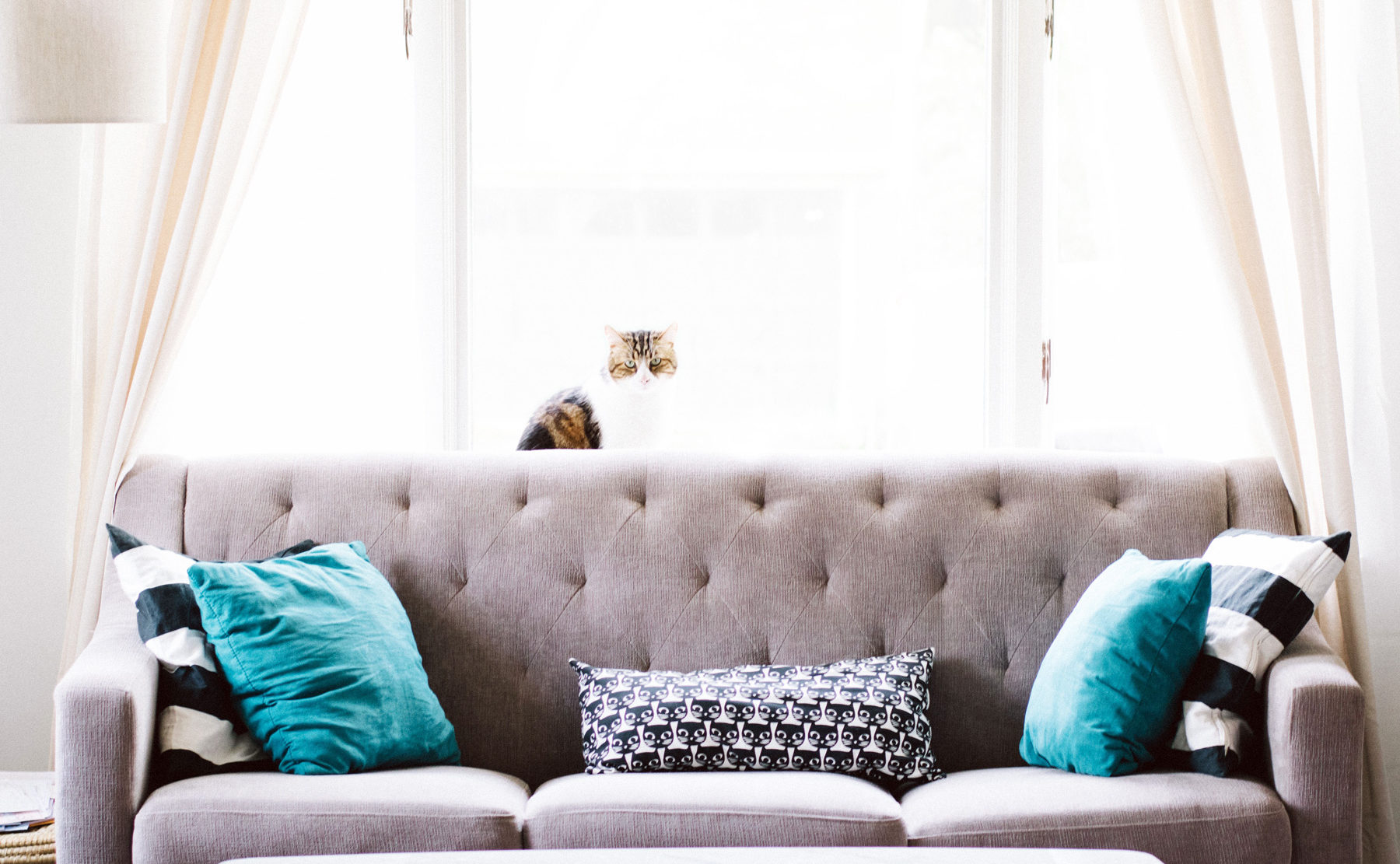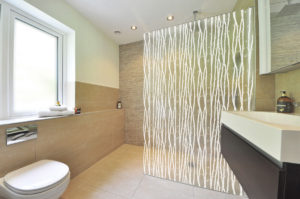In terms of home comfort, nothing is sadder than seeing what was once a crown jewel of your home décor, and an old friend, begin to fade before its time. It can be hard to watch as you notice the color in its fabric turning from a vibrant olive green into a warm shade of gray. If you don’t do something soon you will be forced to replace this old companion, and it can be just so hard to let go… Of course, I’m talking about your favorite sofa, or one like it. But, no matter what the object of your home decorating affection is, if it’s near a window or exposed to the sun it will fade. So how do you reduce fading, and slow the inevitable process? Let’s first look at what causes fading.
What Causes Fading?
There are two ways by which fading can occur: Physical and Chemical. The physical causes of fading are primarily due to abrasion and over-wear, both preventable with proper treatment. When chemical changes in the coloring of fabric begin to take place, then fading starts and usually the cause is environmental. Taking into account the temperature, humidity, and radiation in a given area you can begin to access the effect an environment has on fabric. Furthermore, there is one energy source that has the greatest effect on all three of these factors: the sun. There are a few things you need to worry about when it comes to the sun and fading and how to reduce it: UV rays, Visible Light, Infrared Light and Heat.
How to Reduce Fading
Previously, it was mentioned that the environment has the greatest effect on chemical changes to your furniture, in particular the sun. The trick to protecting your décor from harsh fading lies within the ability to maintain a stable, cool environment and to block as much of the sun’s harmful rays as possible. There are a few ways you can go about reducing fading: UV protection sprays, treated glass, and window film. UV protection sprays offer up to 99% UV protection and are relatively inexpensive. However, they must be re-applied every 4-6 months, and like the category implies only block UV rays which are only part of the problem. Treated glass on the other hand can work to block, absorb, or reject all three types of solar energy at varying degrees and levels depending on what type you choose. The downside to treated glass is that it’s very expensive, needs to be professionally installed, and is permanent. The final option, window film, is probably the most versatile of the three and is something you can install yourself in a short amount of time. Installing window film to reduce fading boasts the same abilities as treated glass depending on which film you select. The options include: UV Blocking Window Film and Solar Window Film.
UV Blocking Window Film to Reduce Fading
UV Blocking Window Film stops 99% of UVA and UVB rays from coming in through your windows, and unlike the sprays does not have to be re-applied. It also protects everything behind the window not just what was sprayed. While installing UV Blocking Window Film will reduce fading, please note that UV rays are only part of the problem. Solar film blocks heat and will have a greater affect, but if you want to minimally slow fading and prefer not to add any solar film to your glass which reduces light than UV Blocking Window Film is your best option.
Solar Window Film to Reduce Fading
Solar Window Film not only blocks 99% of UV rays, but it rejects around 68% of total solar energy! There are films available that even block over 80% of total solar energy. This has the greatest effect on your overall environment: it keeps the area cooler and safer, while protecting your furniture from all three solar energy sources. It also helps to lower cooling costs in the summer. Perhaps, best of all, window film is cost effective and flexible. Meaning, you can remove it at anytime and in some cases re-use it elsewhere.





Hi. If this is for a store and you still want people see into the windows is it tinted light enough? Do you install yourself or have a professional? The window is large 75″ x 75″ is it one piece or will it have seams that are visible? Thanks Cheryl
Hi Cheryl! We have several films available that would do what you want. 72″ is max though, so there would be a seem, and depending on the film you choose would depend on where the seem is. You can always send us a picture of the building and we can do a mock-up for you.